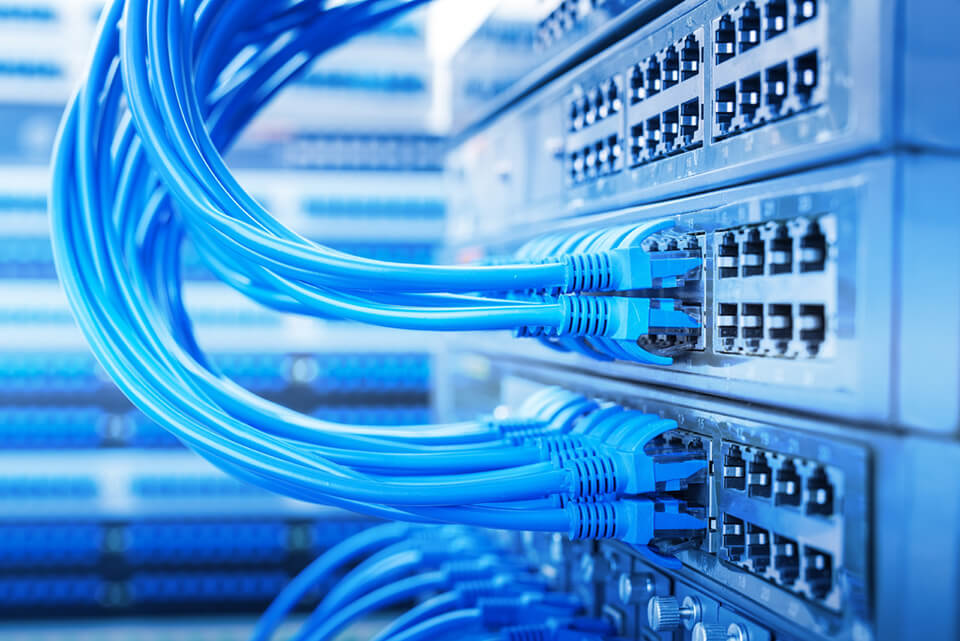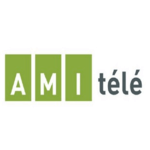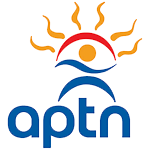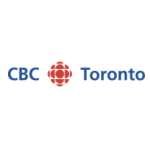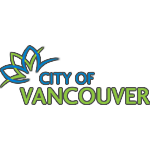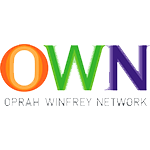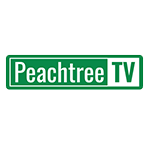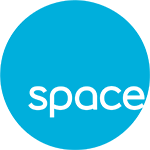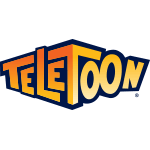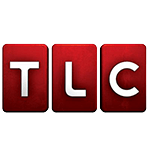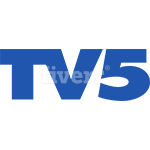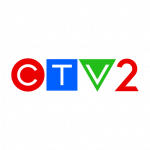As a business owner or individual shopping for an internet provider Canada, you may be faced with a barrage of terms that you need to sift through in order to make the right choice. You have probably already heard of the terms DSL and fiber. What exactly do they mean and what do you need to know?
DSL is an abbreviation for digital subscriber line and refers to the kind of connectivity that utilizes telephone lines to keep you connected to the internet. Traditional phone service utilizes a small portion of available frequency ranges, leaving the remainder of the frequency ranges to be utilized for DSL.
Cable internet utilizes coaxial cable lines to connect you to the internet. A coaxial cable consists of a tube containing an electrically conducting material that surrounds a central conductor that is held in place by insulators.
While Both Options Provide Internet, There Are Certain Notable Differences Between The Two:
For DSL, you will require an active phone line. You will need a POTS service from a telephone provider. The other option is to have a Dry Loop, to mean a phone line that is used exclusively for DSL.
DSL is a dedicated line that serves only you. The speed you get from the start is the speed you will always get. There will be no surprises along the way.
The quality of the DSL connection will depend on how far you are from the CO/Remote from which the connectivity originates. The longer the distance travelled by the line, the more likely that the signal will be weaker and therefore speeds lower. Sometimes the distance is so substantial that a client will be advised to opt for other options.
Now, Onto The Cable:
Cable is a shared connection. This means that if a lot of people are sharing the same trunk from which the cable lines originate, then the speeds will become slower. If you foresee congestion becoming an issue, then you would be better off rethinking cable connection, or discussing the customized options available to you with your internet provider.
Since cable utilizes coaxial cables, distance is not an issue when determining if you qualify for connection. Coaxial cables are heavily shielded and can travel for long distances.

It is advisable that you first consult with your existing ISP before switching to another provider in order to determine if the problems you are experiencing can be solved. If you are looking for an ISP for the first time, it is crucial that you make a checklist of needs that you require met. This way you can easily cross off ISPs who don’t meet these needs.
